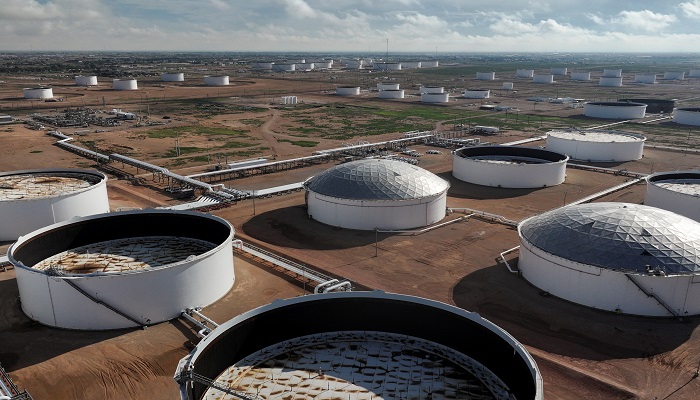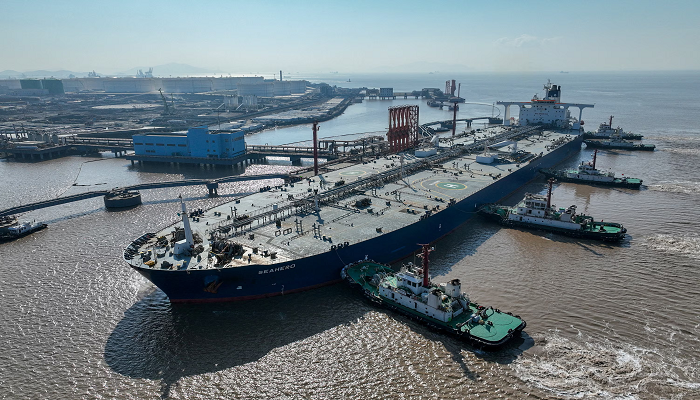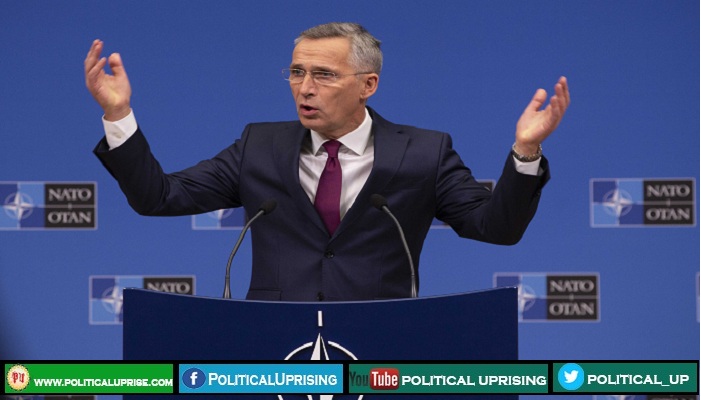China significantly increased its crude oil imports from Iran in June, driven by a spike in shipments ahead of the recent Israel-Iran tensions and stronger demand from independent “teapot” refineries.
Analysts suggest this trend reflects strategic stockpiling and opportunistic buying amid geopolitical uncertainty.
The world’s top oil importer and biggest buyer of Iranian crude brought in more than 1.8 million barrels per day from June 1-20, according to ship-tracker Vortexa, a record high based on the firm’s data.
Kpler‘s data put the month-to-date average of China’s Iranian oil and condensate imports at 1.46 million bpd as of June 27, up from one million bpd in May.
The rising imports were fuelled in part by an increase in available supplies from floating storage after export loadings from Iran reached a multi-year high of 1.83 million bpd in May, Kpler data showed.
It typically takes at least one month for Iranian oil to reach Chinese ports.
Robust loadings in May and early June mean China’s imports from Iran are poised to remain elevated, Kpler and Vortexa analysts said.
UK Government Defends New North Sea Oil and Gas Licences Amid Legal Challenge
Independent Chinese “teapot” refineries, the main buyers of Iranian oil, also showed strong demand as their stockpiles depleted, said Xu Muyu, Kpler’s senior analyst.
A possible relaxation of U.S. sanctions on Iranian oil could further bolster Chinese buying, she added.
U.S. President Donald Trump said that Washington had not given up its maximum pressure campaign on Iran – including restrictions on Iranian oil sales – but signalled a potential easing in enforcement to help the country rebuild.
For this week, Iranian Light crude oil was being traded at around $2 a barrel below ICE Brent for end-July to early-August deliveries, two traders familiar with the matter said, compared to discounts of $3.30-$3.50 a barrel previously for July deliveries.

Narrower discounts were spurred by worries that oil flows could be disrupted through the Strait of Hormuz, a critical waterway between Iran and Oman, traders said.
Market fears for a closure of the choke-point escalated after last weekend’s U.S. attack on Iranian nuclear sites but eased after Iran and Israel on Tuesday accepted a ceasefire.
Tighter discounts for Iranian oil come amid a retreat in futures prices. ICE Brent crude futures hovered at $68 per barrel on Friday, their level before the Israel-Iran conflict began and down 19% from Monday’s five-month peak.
Iran’s overall crude exports likely slowed in the second half of June amid the Israeli and U.S. airstrikes, Kpler, Vortexa and a third vessel tracking firm said.
Iran to Ink $4 Billion Oilfields Deal with Russia to Strengthen Bilateral Ties
Iran’s total crude shipments have slowed to a monthly average of 1.5 million bpd so far in June, according to Kpler, down from a five-week high of 2.2 million bpd in the week starting June 16.
Vessel tracking firm Petro-Logistics also estimated that shipments dropped in the second half of June after a strong start to the month.
“Crude exports in the first half of the month were at multi-year highs as Iran rushed to export cargoes following the Israeli attacks of June 13,” Daniel Gerber of Petro-Logistics said.
“While there appears to have been a slowdown since then, we assess that crude loadings have continued largely uninterrupted.”
A big drop in exports from Iran, OPEC‘s third-largest producer, would tighten global supplies and likely support oil prices.



